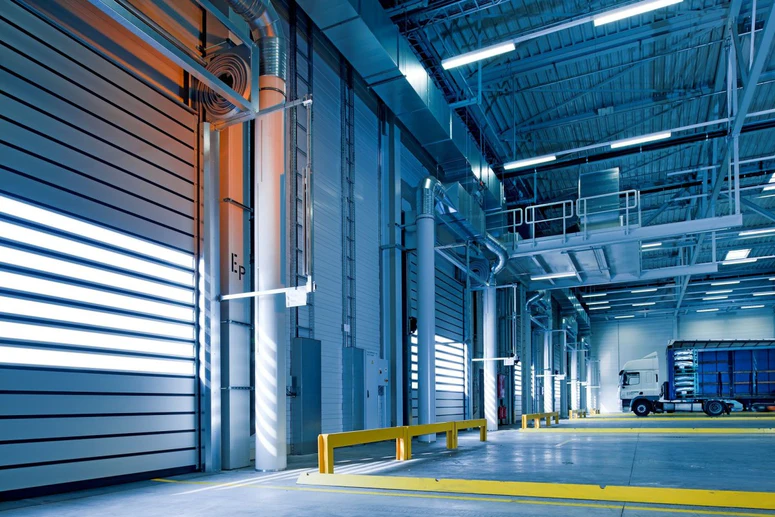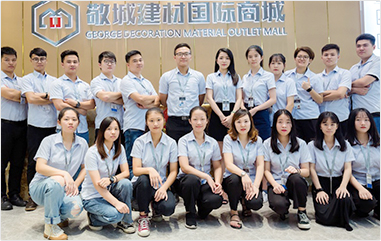High bay LED lights are specially designed lights that are often used in large spaces with ceiling heights ranging from 20 to 40 feet. However, there are several factors that may influence your choice of LED high bay light. In this case, following the points below can simplify the selection process for you.
Over time, LED high bay lights have gained popularity for their cost-saving and eco-friendly features. However, despite these benefits, business owners often wonder if LEDs can replace lighting products they have been using for decades. Well, the answer is yes!
Currently, LED lamps are the most versatile lighting products on the market. Whether you’re looking for panel lights for your office or floodlights for a large stadium, there are LED lighting solutions for every application. Large spaces with high ceilings such as manufacturing unit warehouses, gyms and large recreational facilities are some challenging setups and you may need high power lights such as LED high bays for better visibility. LED high bay lights help illuminate large spaces efficiently and evenly, according to a study conducted by the International Journal of Ergonomics.
I. Learn about LED High Bay Lights
As mentioned earlier, high bay LED lights are specially designed lights that are typically used in large spaces with ceiling heights ranging from 20 to 40 feet. Depending on your facility requirements and design, you can use chains or attach these high bay lights directly to the ceiling.
Just like other LED lights, high bay lights come in a variety of options, each specially designed to meet different needs. While distinguishing them can be a daunting task, the following 7 points can help you choose the method that works best for your commercial or industrial environment.
II. The different types of high bay lighting
There’s a wide range of different high bay lighting setups available. Each has its own unique benefits or potential limitations, depending on the demands of the space and the types of work being carried out.
 | LED High Bay Lighting In contrast to many other lamp types, high bay LED fixtures start lighting up fully immediately away. They are also compatible with microwave sensors, allowing accurate wide-aspect motion detection over large areas without compromising light life (as opposed to PIR sensors, which rely on detecting body heat and are ineffective in bigger or awkwardly shaped spaces). |
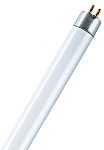 | T5 High Bay Fluorescent Lights The “T” in T5 stands for the fluorescent lamp’s tubular design, while the “5” denotes a tube diameter of 58.” Due to the smaller gauge tubes’ greater efficiency and less heat radiation, T5 high bay fluorescent light bulbs have become a more and more common replacement for the conventional T8 (1″) arrangement in recent years. The T5 is ideal for more intense lighting over a smaller area because this also results in a narrower beam angle. |
 | T8 High Bay Fluorescent Lights T8 high bay fluorescent lights have a 1″ diameter and outstanding color rendering, making them the more “conventional” design of the normal tube strip. This makes them especially useful for commercial, service, and workshop applications. Since the beam angle is less acute due to the wider gauge tubes, their light output is more equal and diffuse (but marginally less bright) over a larger area than that of their smaller T5 counterparts. |
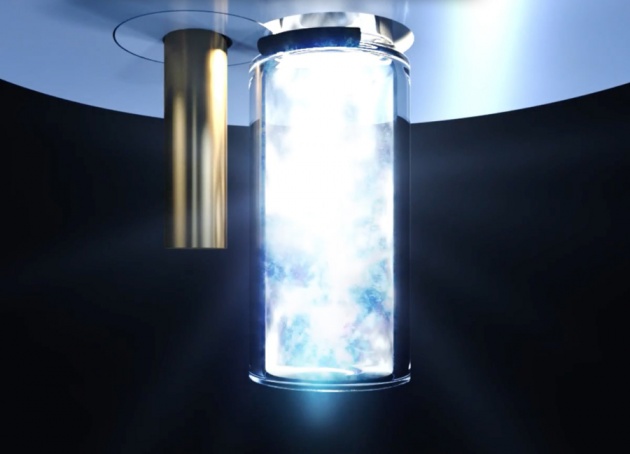 | Plasma High Bay Lighting Compared to regular HID lamps, plasma high bay lighting typically has longer bulb lives, greater color rendition, higher lumen output, and better dimmable functionality (such as metal halide or sodium). |
 | Retrofit High Bay Lighting Retrofitting simply means replacing outdated high bay lighting with newer, more powerful, and/or more efficient lighting. This often entails installing an LED high bay lighting retrofit, which is by far the most prevalent kind of retrofitting we see today. |
High Bay fixtures and fittings
Just like with the numerous varieties of high bay lamps themselves, there’s a wide range of high bay fixtures and fittings available when planning a lighting configuration for a large and high-ceilinged workspace.
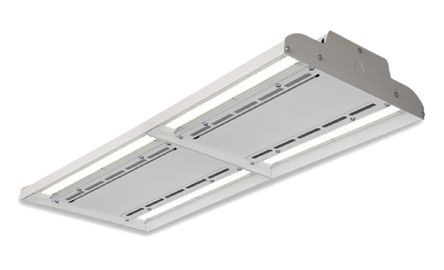 | T Bay Lighting T-bay fixtures can be surface mounted or suspended from ceilings and share a similar style to the recessed lighting commonly found in workplaces and retail establishments. Nowadays, it’s common to see several combinations of LED tubes used in place of the conventional fluorescent T8s or T5s, usually based on a well-known multi-tube system. T-bay lighting is a popular choice for upgrading a space with an older infrastructure, and because of their significantly enhanced efficiency without sacrificing light quality or warm-up time, they are an excellent alternative to older-style HID high bay lamps. |
 | Troffer Lighting What is troffer lighting, a strange-sounding term that not everyone will be familiar with? You’ve probably heard it referred to as “recessed lighting,” which pretty well describes what it is: a troffer light is just a lighting fixture that is integrated into the ceiling grid, maintaining a fixed and permanent position. |
 | HID Lighting High-intensity discharge, or HID lighting, has long been a popular standard in many high bay systems and is still a desirable option in situations where the higher initial cost of LED alternatives won’t be immediately compensated by lower energy costs. HID high bay lighting systems are an efficient option where enormous floods of precise light are required across a vast area. They are bright, powerful, and noted for the high color temperature typical of most gas-discharge arc lamps. |
III. What are the points to pay attention to when purchasing high bay lights?
1. Analyze the layout
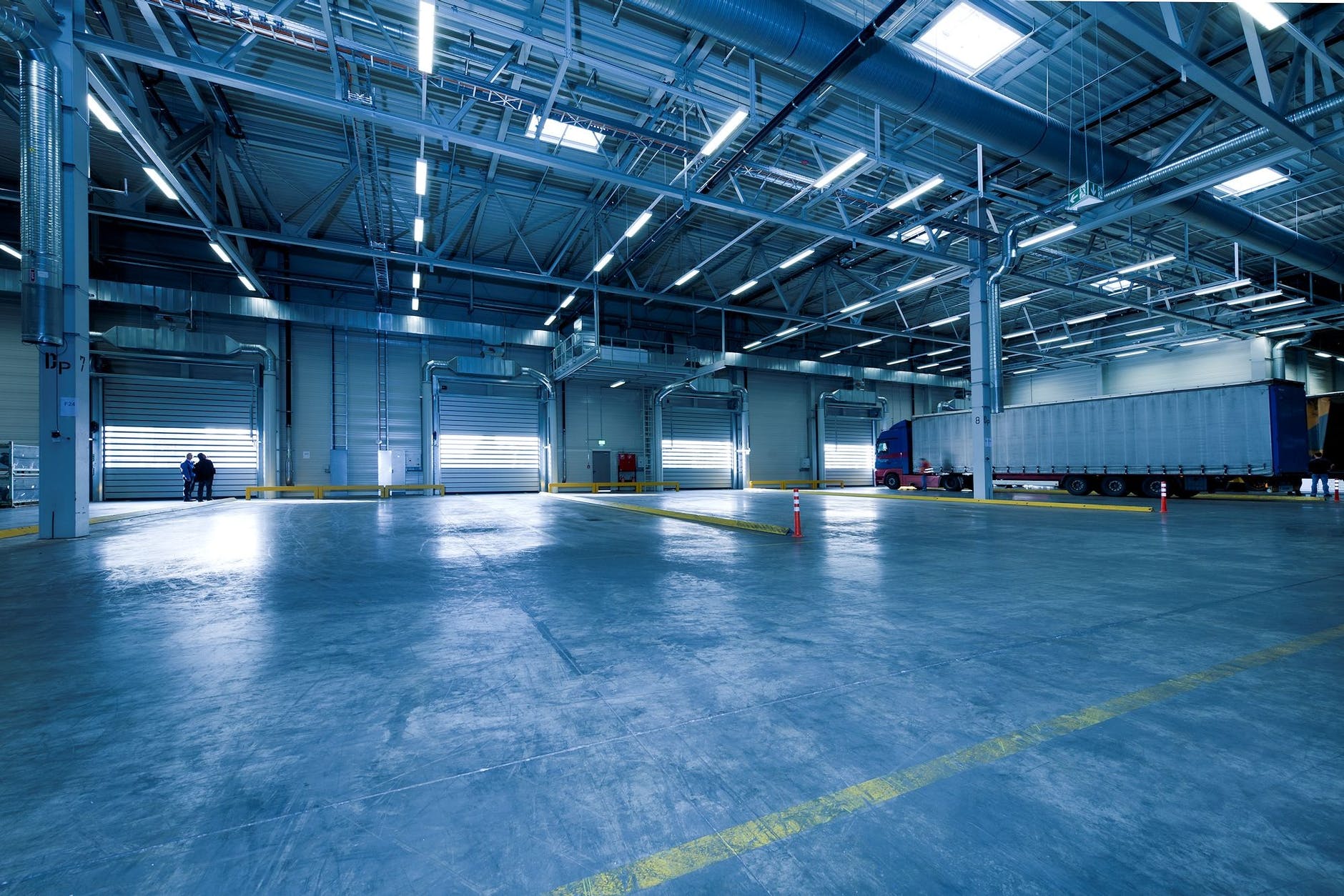
The first thing you must do as a smart buyer — analyze your setup layout, as the LED high bay light you choose will vary based on the type of space you have. For example, a 30-foot-candle LED high bay is usually enough to light a storage room, however, you may need a 50-foot-candle LED high bay to evenly light a warehouse. Not only that, but retail stores may need brighter lights (about 80 foot candles) so that all products in the store are visible. Analyzing your facility’s layout plan at the outset will help you ensure that you’re buying the right lights for your commercial or industrial setup, and nothing else.
2. Determine the required wattage and lumens
A watt is a measure of how much electricity a light consumes when it is in use, while a lumen is a measure of the amount of visible light produced by a light source. When it comes to these two, you have to decide on these two things before making your final buying decision. Also, consider the size and height of your facility before purchasing LED high bay lights, as different lights are considered suitable for different heights. If your space height is between:
- 10-15 feet, then the required bulb must produce 10,000 – 15,000 lumens.
- 15-25 feet, then bulbs are needed, which must produce 16000 – 25,000 lumens.
- 30-35 feet, then the required bulb must produce 36,000 lumens or more.
3. Determine the number of lights needed
This is a step that pre-preparing the layout and determining lumens can prove beneficial. In addition, almost all reputable lighting brands offer free photometric layouts, which make it easier for you to determine how many lights your facility needs and the distance between each. Plus, this comprehensive pre-planning will save you a fortune by helping you avoid unnecessary fixture installations.
4. Determine the type of high bay light you need
As mentioned earlier, LED high bay lights are available in a variety of designs, which is why it can be difficult to choose the one that best suits your facility. That being said, depending on the shape.
UFO overheads are circular; linear overheads are long. Linear high bays, also known as panel high bays, provide superior light distribution and are also larger compared to UFO luminaires. They are also considered an ideal replacement for traditional fluorescent lamps T5HO and T8 high bays.
On the other hand, UFO racks are an excellent choice for large warehouses and have an IP rating in wet locations. Also, when looking for a drop-in replacement for traditional metal halides, UFO overhead is the most suitable option. However, if you are undertaking a new construction project, your choice of LED high bay will be different. If the ceiling height is more than 35 feet, UFO high bay lights are best because they have better light output and beam spread than linear LED high bay lights. In addition, the placement of lamps on the ceiling will also affect your choice of high bay lights.
5. Manage the voltage of the lamp
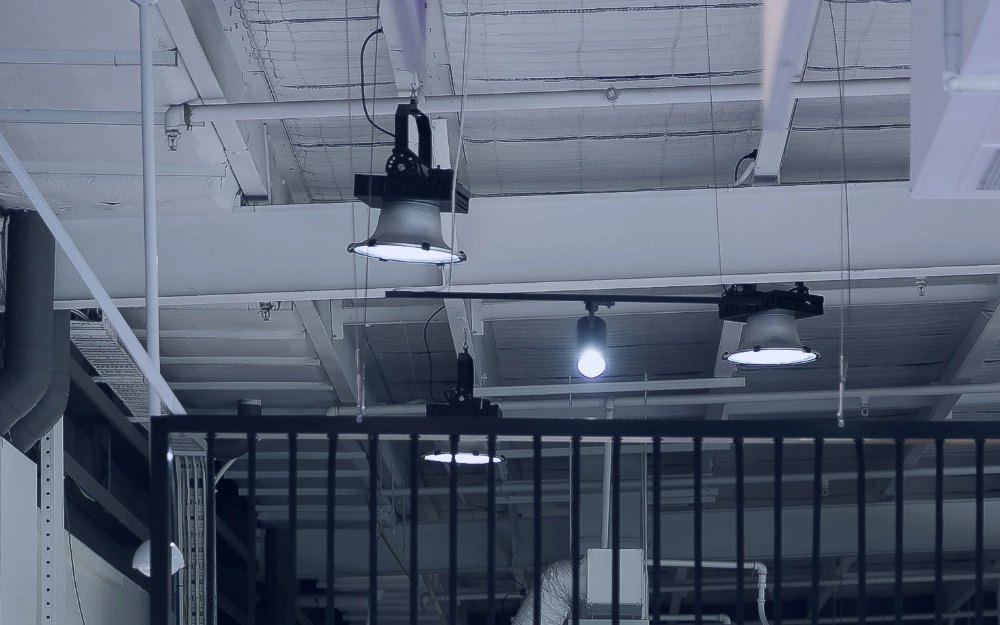
When looking for lighting options for commercial and industrial settings, you may occasionally need high voltage light fixtures. Well, with LED high bays, you rarely need to set the voltage as they automatically adjust to the input voltage. However, you can find LED high bay lights in the following voltage ranges:
- 100 – 277 volts
- 277 – 480 volts
- 347 – 480 volts
6. Choose the color temperature
Color temperature is a property of light measured on the Kelvin scale. Lights with higher numbers on the Kelvin scale are warmer and yellow, while lights with lower numbers are cool and blue. Color temperatures above 5500K are considered harsh by most people and can cause headaches. That’s why in a home-like environment, no more than 3000K is recommended; however, if you’re looking to replace metal halide fixtures in large industrial installations, LED high bay lights with color temperatures over 5000K are perfect.
